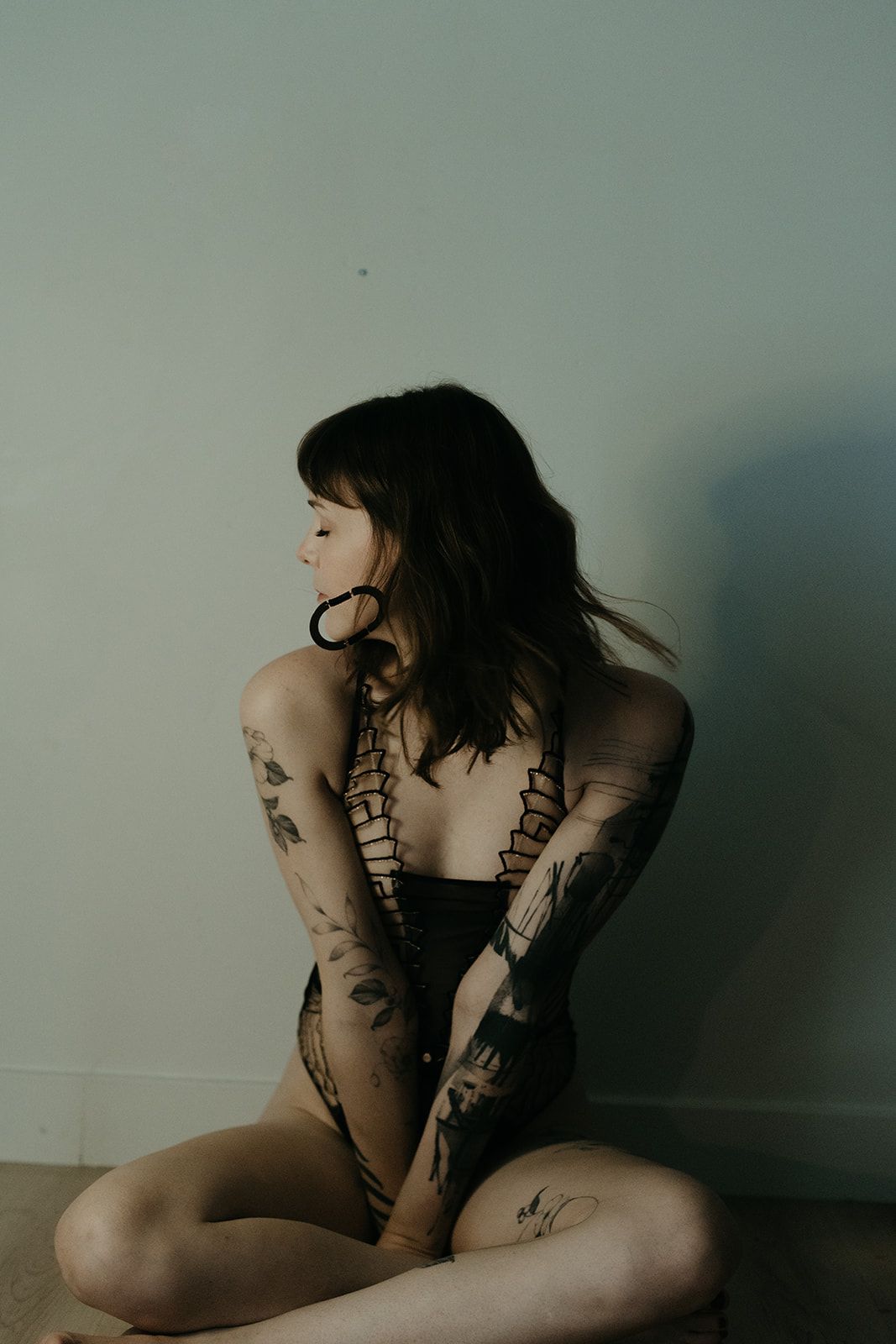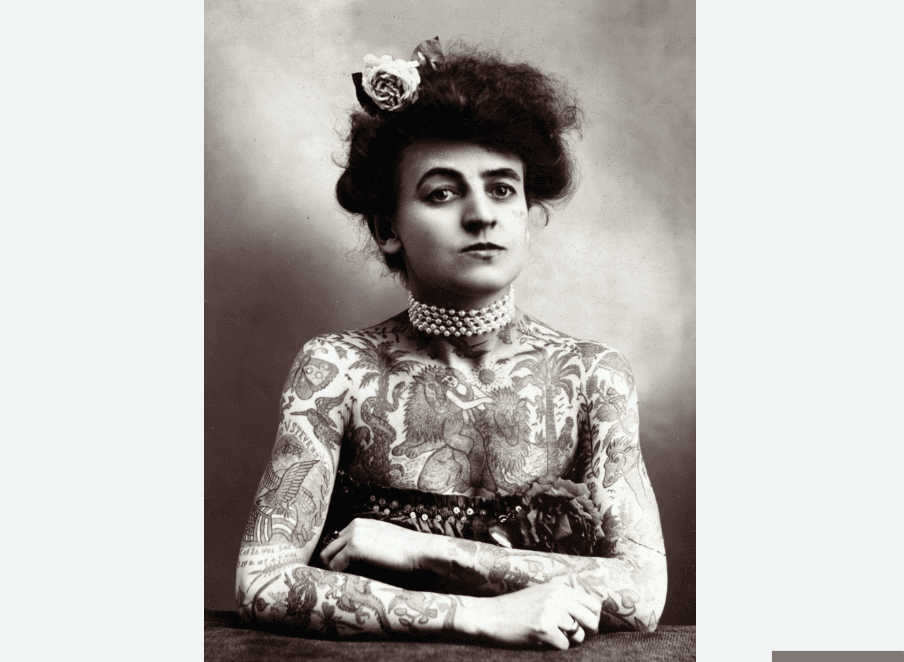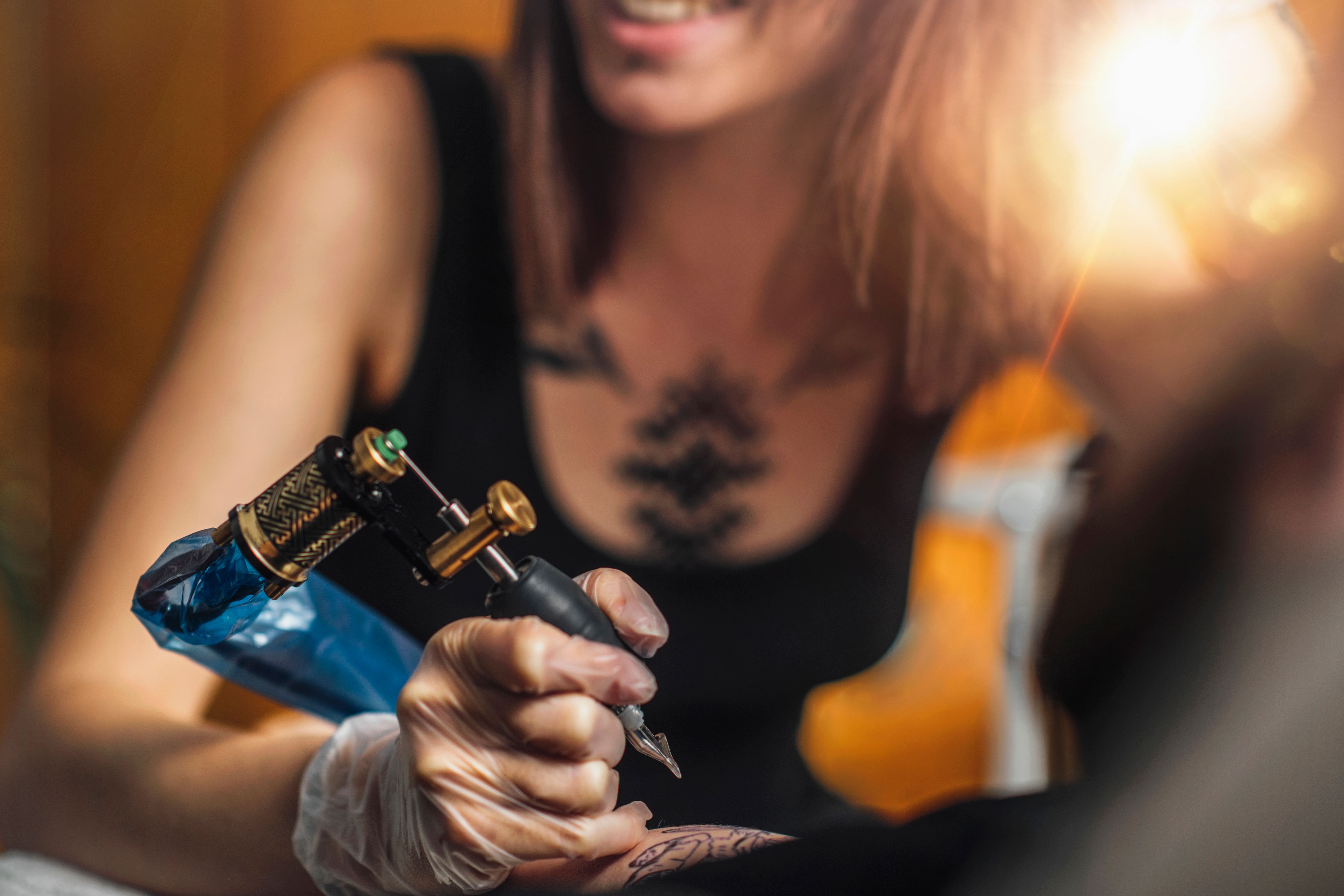Pioneering Women in Tattoo Art: Influences and Inspirations
The Evolution of Tattoo Art Through Female Eyes
For centuries, tattoo artistry has been a domain predominantly dominated by men. However, over the years, women have emerged as formidable forces in this industry, bringing fresh perspectives and groundbreaking artistry. This movement has not only challenged traditional norms but also paved the way for a more inclusive and diverse representation within the tattoo art community.
As we explore the pioneering women in tattoo art, it’s essential to recognize how their influences and inspirations have reshaped the landscape of body art. Their contributions have not only expanded the boundaries of creativity but also empowered many women to express themselves through tattoos.

Early Trailblazers in Tattoo Art
One of the first known female tattoo artists, Maud Wagner, became a significant figure when she broke into the industry. Originally a circus performer, Wagner learned the craft from her future husband and went on to become a tattoo artist herself. Her work laid the groundwork for future female tattooists, proving that women could excel in what was then considered a male-dominated field.
Following in Wagner's footsteps was Jessie Knight, often celebrated as Britain's first professional female tattoo artist. Knight's career spanned several decades, during which she defied societal expectations and established herself as a reputable artist with a unique style.

Modern Icons and Their Impact
In recent years, women like Kat Von D and Hannah Aitchison have become household names, further solidifying the presence of women in tattoo art. With television shows like "LA Ink," these artists have brought tattooing into mainstream culture, inspiring countless women to pursue careers in this creative field.
Kat Von D's distinct style—characterized by intricate line work and realistic portraits—has garnered worldwide acclaim. Her influence extends beyond tattooing, impacting fashion and beauty industries as well. Similarly, Aitchison's work is celebrated for its bold colors and detailed designs, demonstrating the artistic depth female tattooists bring to the table.

The Role of Inspiration and Cultural Influences
Many pioneering women in tattoo art draw inspiration from their personal experiences, cultural backgrounds, and other art forms. For instance, Japanese art has heavily influenced several female artists, incorporating traditional motifs with modern elements.
The fusion of cultural heritage and personal expression allows these artists to create tattoos that are not only visually striking but also deeply meaningful. The ability to tell stories through skin is a hallmark of their work, making tattoos a powerful medium for self-expression.
The Future of Women in Tattoo Art
The future of tattoo art looks promising with more women entering the field than ever before. This increase in female representation brings with it a wider array of styles and perspectives, enriching the art form as a whole. As barriers continue to break down, we can expect even more innovation and diversity.
Organizations and events that celebrate female tattoo artists are also on the rise, offering platforms for networking, showcasing talent, and fostering a supportive community. Such initiatives are crucial for nurturing upcoming talent and ensuring that women's voices continue to be heard within the industry.

Conclusion: Celebrating Diversity and Creativity
The contributions of pioneering women in tattoo art have been instrumental in transforming societal perceptions of tattoos. By embracing their unique influences and inspirations, these artists have not only carved out a space for themselves but have also inspired future generations to pursue their artistic passions fearlessly.
As we celebrate the achievements of these trailblazing women, it’s clear that their legacy will continue to inspire innovation and creativity within tattoo art for years to come. Their stories remind us of the power of perseverance and the importance of challenging norms to create meaningful change.